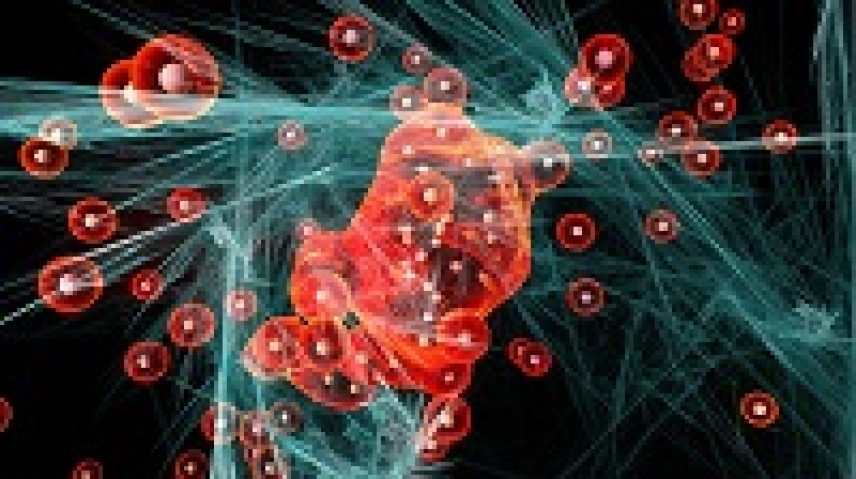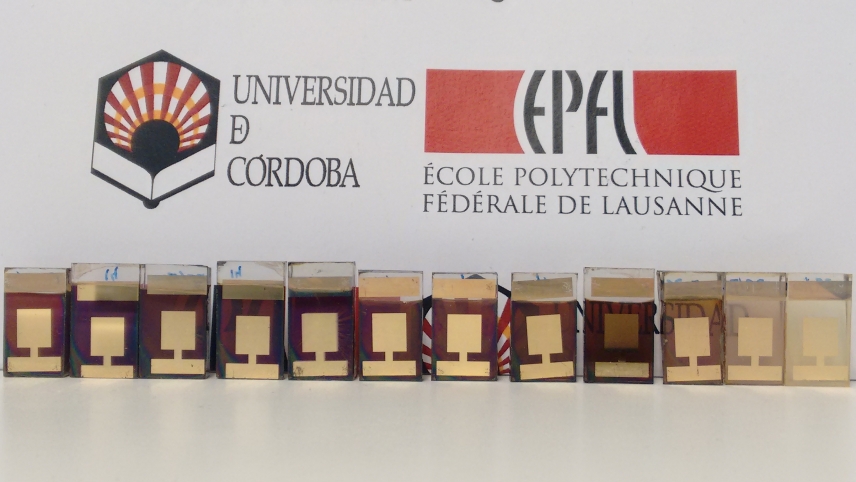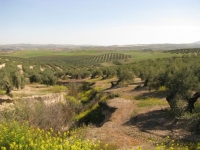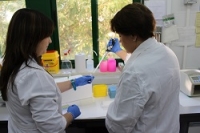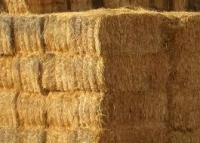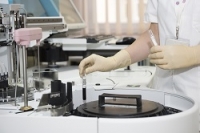Scientists develop a new material for manipulating molecules
Escrito por UCC+iA scientist at the University of Córdoba, working with an international research team, has created a new porous single-crystal material which could have numerous applications in nanotechnology and catalysis.
Porous materials contain intermolecular spaces or cavities between atoms. Because these cavities, known as pores, can store and even separate molecules, such materials are of great value in the field of nanotechnology. Already of unquestionable importance in industrial applications, there is still some scope for improving the properties of porous materials.
Improved perovskite stability for third-generation solar cells
Escrito por UCC+iResearch at the University of Córdoba, published in Nature Energy, has led to the stabilisation of perovskite solar cells using guanidinium.
Increasing concern regarding the exhaustion of traditional energy sources has triggered a race to find alternatives. The development of solar cells, which convert sunlight into electricity, is constantly advancing.
Theeffect of rainfall and vegetation in controlling the erosion of Mediterranean cropland
Escrito por UCC+iResearchers at the University of Córdoba’s Department of Agronomy are examining the use of rainfall and plant cover as variables for predicting gully formation.
Gully formation is one the most common features of soil erosion in Mediterranean environments. Gullies – incisions or ditches produced by the action of water running over the soil surface – are mostly found in dry lands, which are naturally more sensitive to the negative impact of erosion. Gully formation is becoming a major concern for farmers in the Mediterranean area.
Scientists at the University of Córdoba are validating a new molecular biology research technique with a rodent species that could be used as a model
Mus musculus is the most common mouse species, and the mammal most widely used in laboratory experiments, among other things because its genome and immune system are very similar to those of humans, making it a useful model.
A new technique uses wheat straw to replace plastic components in lithium batteries
Escrito por UCC+iAn UCO research group has proved that lignin could be used as an environmentally-sustainable, low-cost component in lithium batteries
Wheat straw could be turned into a component for lithium batteries, according to a study by a University of Córdoba research group coordinated by Alejandro Rodríguez Pascual, a lecturer at the Department of Inorganic Chemistry and Chemical Engineering. The team has succeeded in replacing toxic lithium-battery components by lignins, natural substances found in plant cell walls, including in wheat straw.
Scientists develop a new catalyst using glycerol produced during biodiesel manufacture
Escrito por UCC+iThe process uses a microwave heating technique
Due to its environmental benefits, the production of biodiesel as an alternative to fossil fuels has expanded exponentially over the last few years. Glycerol is among the by-products of the manufacturing process; for every ton of biodiesel produced, the process generates 100 kg of glycerol. Unfortunately, however, glycerol has few direct uses, since it contains high levels of impurities.


